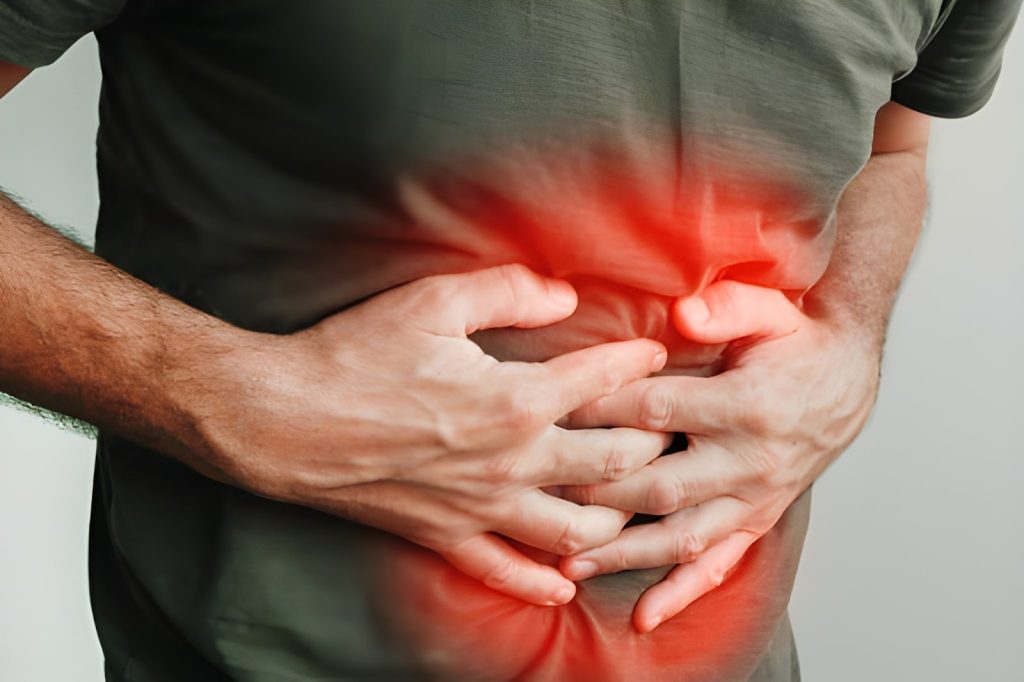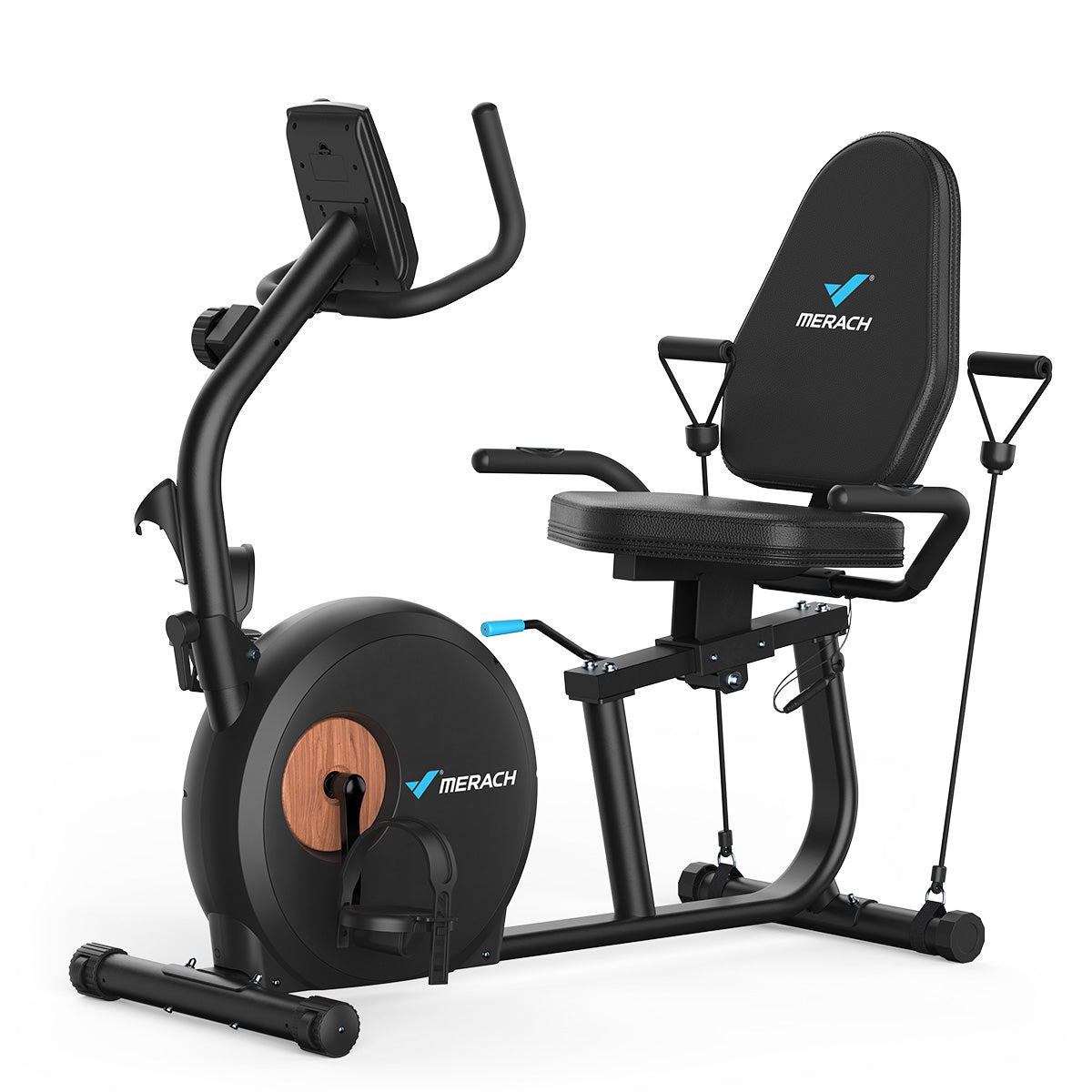Health Anxiety and Its Connection to Physical Symptoms
In our modern world, where health information is ever-present and often overwhelming, health anxiety has become a prevalent issue. This condition, characterized by an excessive preoccupation with health concerns, can have profound effects not just on the mind but also on the body. Understanding the link between anxiety and physical health is crucial for addressing the symptoms and mitigating their impact on daily life. This exploration delves into how health anxiety and physical symptoms are interlinked and the ways in which health anxiety’s effect on body symptoms can be managed.
The Nature of Health Anxiety
Health anxiety manifests as persistent worry about having a serious illness despite medical reassurance. This anxiety is not merely about occasional concerns but involves an ongoing preoccupation with health that significantly affects daily functioning. Individuals with health anxiety often interpret normal bodily sensations as signs of severe health issues, which exacerbates their distress.
Understanding the Connection
1. The Physiological Impact of Anxiety
Anxiety does not exist in a vacuum; it has tangible effects on the body. When someone experiences health anxiety, their body reacts in several ways. The link between anxiety and physical health can be understood through the following physiological responses:
- Increased heart rate: Anxiety triggers the body’s fight-or-flight response, leading to an elevated heart rate. This can be misinterpreted as a symptom of a heart condition.
- Muscle tension: Chronic anxiety often results in muscle tension, leading to physical discomfort and pain, which can be mistaken for more serious ailments.
- Digestive issues: Anxiety can affect the gastrointestinal system, causing symptoms like nausea, abdominal pain, or irritable bowel syndrome (IBS), which can further fuel health fears.
These physical manifestations are often perceived as evidence of serious health problems, creating a vicious cycle of worry and physical discomfort.
2. Physical Symptoms of Health Anxiety
People with health anxiety frequently report a range of physical symptoms that seem to reinforce their health concerns. Common symptoms include:
- Headaches: Persistent tension headaches or migraines can be exacerbated by anxiety and are often interpreted as signs of serious neurological issues.
- Shortness of breath: Anxiety can lead to rapid, shallow breathing or hyperventilation, which may be interpreted as a sign of respiratory or cardiovascular problems.
- Sweating and tremors: The body’s stress response can cause sweating and trembling, which can be distressing and mistaken for more severe health issues.
These symptoms, while often benign and related to anxiety, can cause significant distress and exacerbate the cycle of health anxiety.
The Cycle of Health Anxiety and Physical Symptoms
Understanding the health anxiety and physical symptoms connection involves recognizing the feedback loop between mental and physical health. When anxiety drives a person to focus on bodily sensations, they may become hyper-aware of normal physical processes. This heightened awareness can make harmless symptoms seem more significant, leading to further anxiety and potentially more intense physical symptoms.
For example, a minor headache might initially be a result of stress or poor posture, but for someone with health anxiety, it may be perceived as a sign of a brain tumor. This belief can increase anxiety, leading to more intense headaches and a greater focus on the symptom, thus perpetuating the cycle.
Managing the Impact
1. Recognizing and Understanding Symptoms
Awareness and education are crucial in breaking the cycle of health anxiety. Understanding that physical symptoms of health anxiety are often a result of anxiety rather than a serious health condition can help in managing these symptoms. Educational resources and psychoeducation can empower individuals to differentiate between anxiety-driven symptoms and actual health issues.
2. Implementing Coping Strategies
Several coping strategies can be effective in managing health anxiety and its physical symptoms:
- Relaxation techniques: Practices such as deep breathing, progressive muscle relaxation, and mindfulness can help reduce physiological arousal and alleviate physical symptoms associated with anxiety.
- Cognitive Behavioral Therapy (CBT): CBT helps individuals identify and challenge distorted thoughts related to health, reducing the impact of anxiety on physical symptoms.
- Regular physical activity: Exercise can help manage anxiety by releasing endorphins and improving overall well-being, which can also alleviate physical symptoms.
3. Seeking Professional Help
For those struggling with severe health anxiety, seeking professional help can be beneficial. Therapists and mental health professionals can provide personalized treatment plans, including therapy and medication if needed, to address both the psychological and physical aspects of health anxiety.
Conclusion
Health anxiety can significantly impact both mental and physical health, creating a complex interplay between worry and bodily sensations. Understanding the link between anxiety and physical health is essential for managing symptoms and improving overall well-being. By recognizing the physical symptoms of health anxiety, implementing effective coping strategies, and seeking professional support, individuals can break free from the cycle of anxiety and enjoy a more balanced and healthy life.





